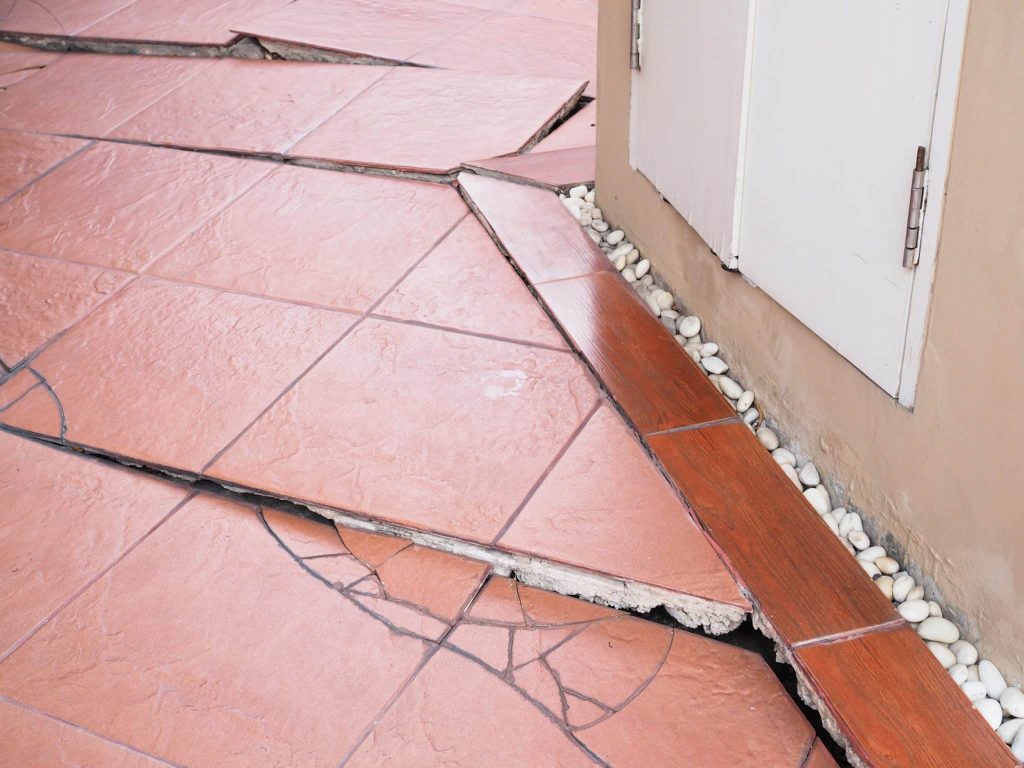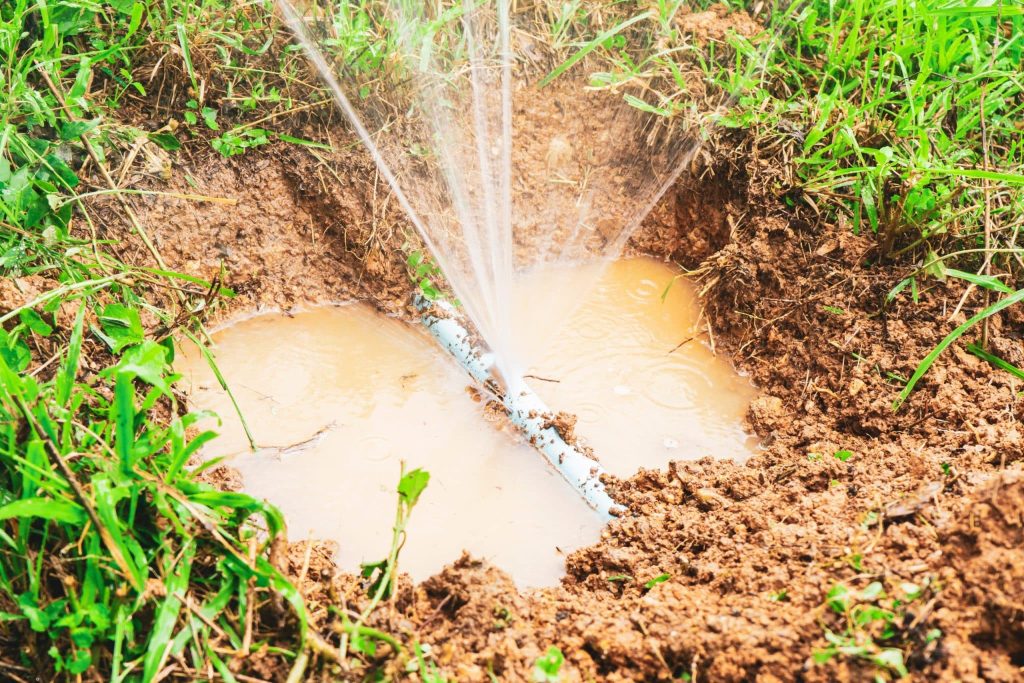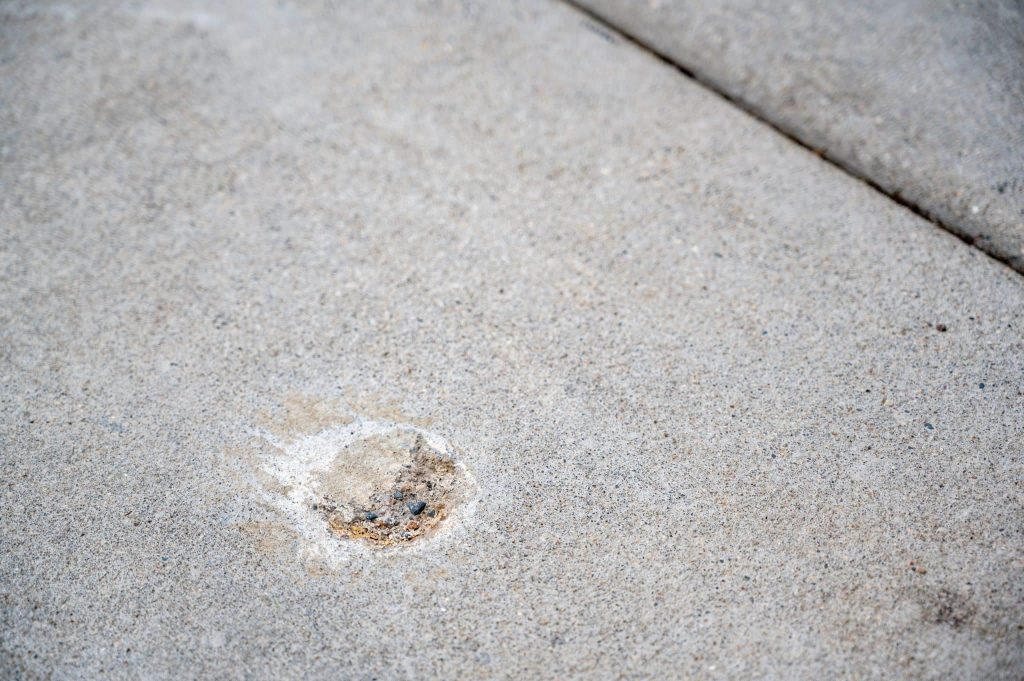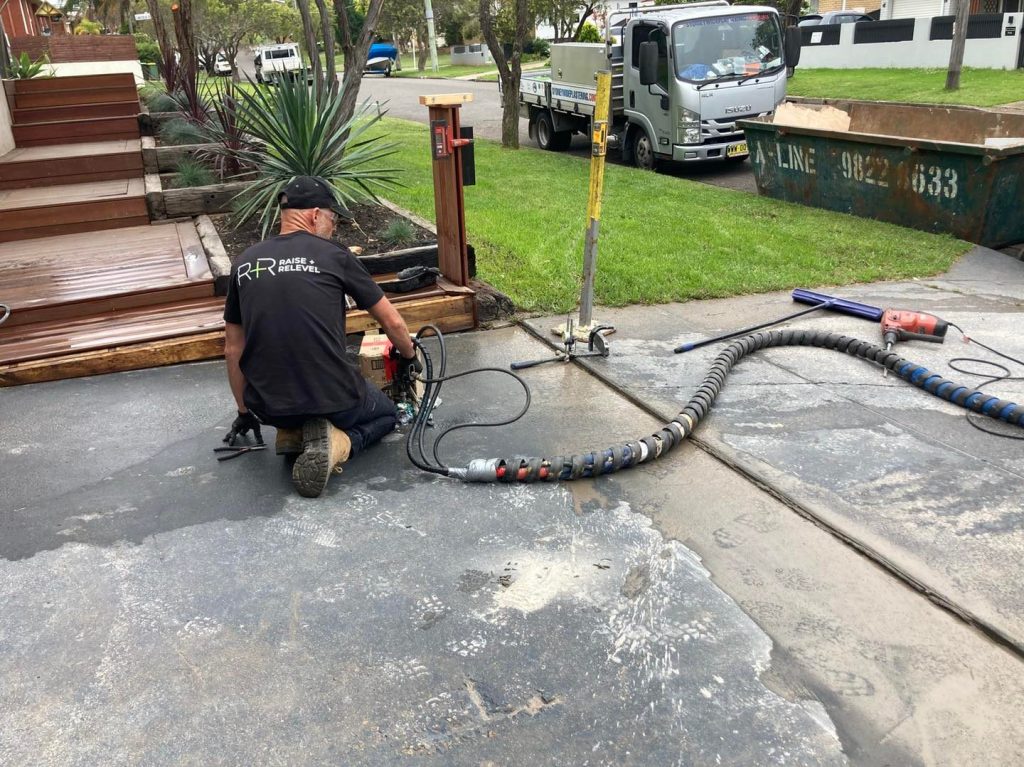If you live in a house built on Australian soils, you might be at some risk of subsidence. It’s important to know if this could happen because subsidence rarely resolves itself without specialist intervention. Subsidence occurs when groundwater, soil compaction or other factors cause a foundation to sink. So when ground subsidence happens in your home, it would be wise to take steps to prevent any further damage.
Ground subsidence is a serious issue that can be difficult to deal with. This blog will discuss what causes ground subsidence and what you can do to prevent it from happening in your home.
What are the most common warning signs that your home may be at risk of ground subsidence?
When you see cracks or breaks in the walls or floors of your home, this can be a sign that there is subsidence. You mustn’t ignore these warning signs as they can signal that your home is at risk of subsidence. You should also keep an eye out for any sinking in the ground around your home. If something has sunken in and it isn’t immediately noticeable, ask yourself if there have been any recent construction projects nearby that could be the cause. The last thing to look for is a third-party intervention such as groundwater withdrawal or soil compaction.
How does groundwater play a role in the damage caused by ground subsidence?
Groundwater has a role in the damage caused by ground subsidence. Groundwater withdrawals, sinkholes, and stressed groundwater levels can all cause excessive soil compaction. This causes the ground to partially or entirely subside. A high-water table makes the ground more susceptible to subsidence because it reduces the groundwater pressure that stabilises the soil. Groundwater is needed for many things such as agriculture, construction and sanitation. Weeds will grow unchecked, crops will die, and sewer systems will overflow without water.
What are some of the ways you can help to prevent ground subsidence from occurring?
There are several things that you can do to try to prevent ground subsidence. The first thing you can do is find out if your home has already been affected by subsidence, and if it has, gets a professional to look at any foundations that may have been compromised. You should also avoid a construction that could lead to subsidence, such as digging or drilling. You can also hire a contractor who is qualified to reinforce your foundation or improve the ground hardness if needed. Finally, look into using groundwater-friendly landscaping around your home rather than ones that take up water from the soil.
Conclusion
The most common warning signs that your home has ground subsidence are cracks in the walls and floors. Groundwater plays a massive role in the damage caused by ground subsidence. There are many ways to try and stop ground subsidence, such as getting a professional to take a look at any foundations that may have been compromised, installing pilings, and using groundwater-friendly landscaping.





